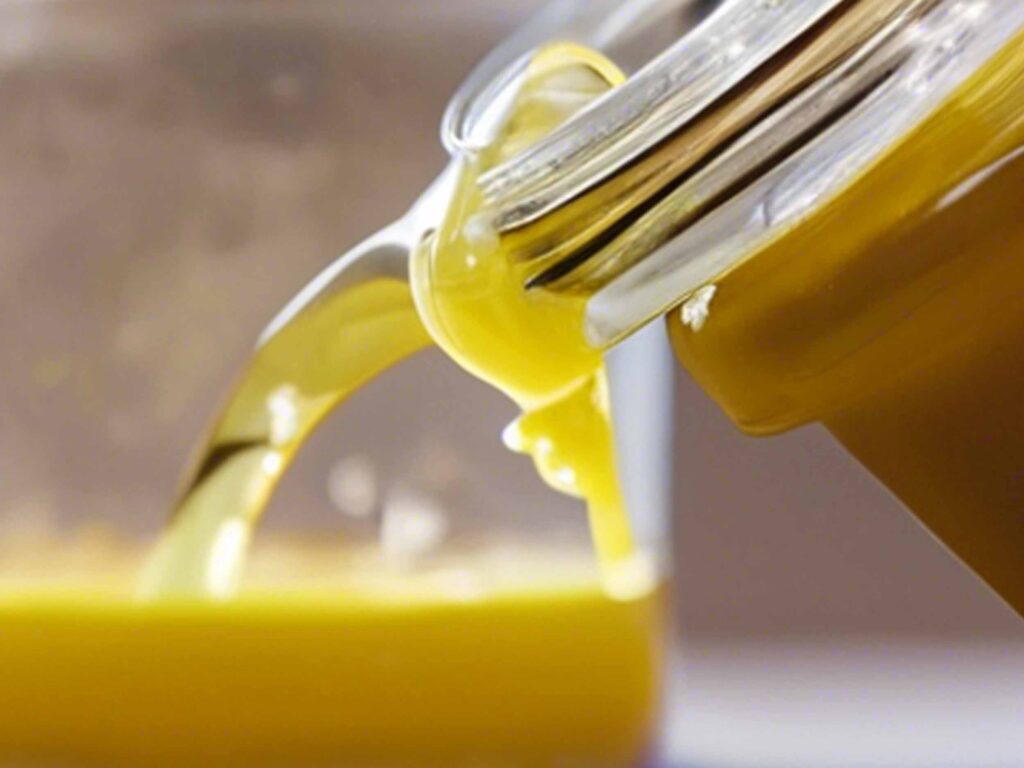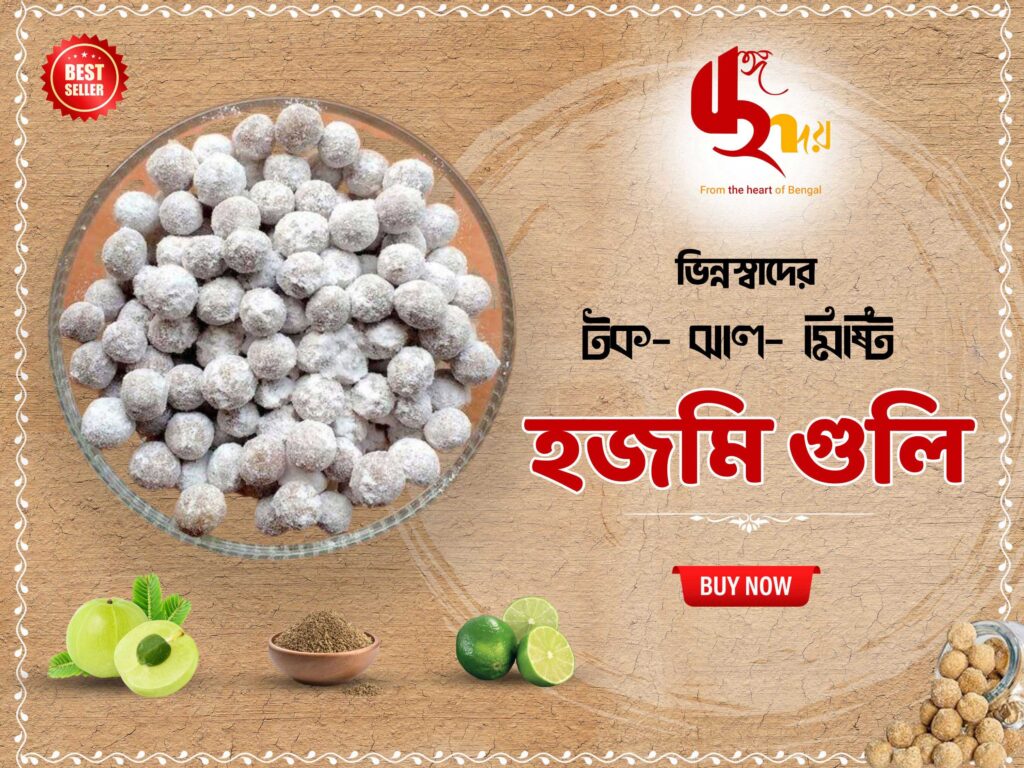-

What Makes Jharna Ghee Special?
Jharna Ghee is more than just an ingredient—it’s a legacy that connects generations through the rich flavors of Bengali cuisine. Whether you’re making a simple comfort meal or a festive spread, Jharna Ghee ensures every dish is imbued with authentic Bengali charm.
-

Bengali Traditional Talpatar Haat Pankha: A Handmade Heritage
The Talpatar Haat Pankha (তালপাতার হাত পাখা), or hand fan made of palm leaves, is a quintessential symbol of Bengali tradition. This eco-friendly, handcrafted fan has been a part of rural and urban Bengali households for generations, cherished for its utility and cultural significance.
-

Kunke: A Traditional Bengali Ritual Offering
In Bengali culture, Kunke holds a sacred significance, especially in pujas (religious ceremonies) and weddings. This traditional offering is an integral part of rituals, symbolizing prosperity, purity, and devotion.
-

Hojmi: The Bengali Digestive Delight
Hojmi, a beloved digestive aid in Bengali households, is both a flavorful treat and a traditional remedy. Known for its tangy, spicy, and slightly sweet taste, it is often consumed after meals to aid digestion and add a burst of flavor to the palate.
-

Bengali Panjika: The Traditional Almanac of Bengal
The Bengali Panjika (পঞ্জিকা), a traditional almanac, plays a significant role in Bengali culture and daily life. It is more than a calendar—it’s a guide to auspicious dates, rituals, and astrological details that shape the rhythm of life in Bengal.
-

Gobindobhog Rice: A Culinary Gem of Bengal
Gobindobhog rice is a short-grain aromatic rice variety hailing from West Bengal, India. Cherished for its rich aroma, soft texture, and delightful taste, it holds a special place in the culinary traditions of Bengal and beyond.
FREE SHIPPING ON ORDERS WORTH ₹2025 & ABOVE